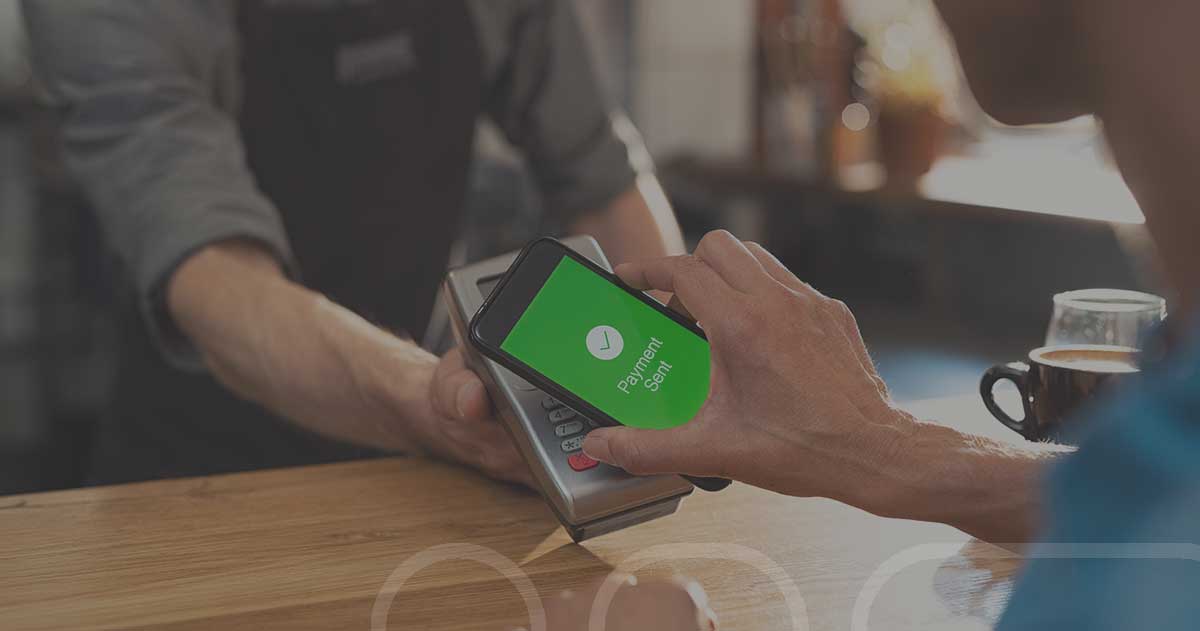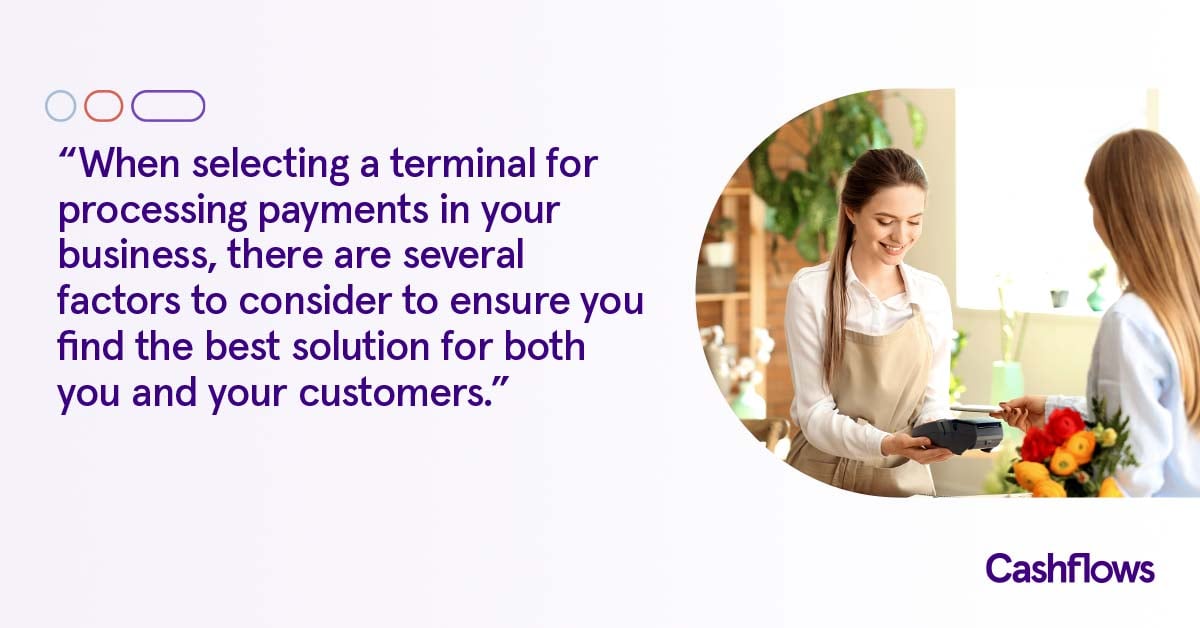Using a mobile phone to pay has become increasingly popular with consumers everywhere. Now with hygiene and safety at front of mind, contactless and mobile payments have seen a surge in popularity and preference globally with the Coronavirus pandemic[1].
But even before Coronavirus, the growth in mobile payment methods was more than twice that of credit and debit card use. Ecommerce payment data tells us that 29% of UK ecommerce transactions in 2019 were made with an e-wallet[2], with a staggering 51% of ecommerce payments made using a mobile device[2]. But with only 8% of UK retailers accepting mobile payments[3], we can surmise that there is further room to grow these numbers in the months and years to come.
So, what is driving the mobile payments trend?
Tech adoption
Smartphone use is now almost ubiquitous among millennials globally while Gen X and boomers are not far behind[3], and, perhaps unsurprisingly, time spent using mobile devices has now surpassed time spent watching TV[3]. It follows then, as more businesses optimise their mobile experiences, we can expect to continue to see purchases in this channel increasing.
Security
Mobile wallets have additional security measures built-in that make them a highly secure way to pay. With card details tokenised and using two-factor authentication (using a fingerprint or pin, and in some cases the mobile phone ID), mobile wallets see a higher acceptance rate than standard card transactions do, both online and instore. This has advantages for both consumers and businesses – Consumers have security and confidence when purchasing, and businesses can increase valid sales. This can make a difference particularly in ecommerce where decline rates tend to be high.
Interestingly, when citing reasons for not using a mobile instore 43% of UK consumers said they don’t trust it as a payment method[5], an attitude that will gradually change, particularly with PSD2 and strong customer authentication measures which will see mobile payments favoured as a more frictionless payment journey.
Experience
While the UK favours cards to pay in store as its primary contactless payment method[1], when buying online the advantages of a mobile payment is clear: transactions are easy, fast frictionless, and secure. This enhanced experience creates a seamless purchase, reduces abandoned cart, and encourages repeat custom. With data stored and tokenised there is less room for error in detail entry, reducing decline rate for merchants and improving experience and convenience for shoppers. What’s not to love?
Accept Apple Pay with Cashflows
Cashflows provides full acquiring support for mobile e-wallets including Apple Pay. Check your gateway integration to make sure you are ready to accept it online or in-app (see our integration guides here for gateway support) and check the Apple Pay Developer site for guidance.
Of course we’re always here to help; feel free to contact us with any questions.
Sources:
[1] Dynata Consumer Trends COVID-19 The new normal - 2020
[2] JP Morgan 2019 UK payment trends
[3] Statista
[4] Dynata Global Trends Spotlight technology report 2019
[5] Dynata UK Consumer trends 2019
* Statista; JP Morgan 2019 UK payment trends



